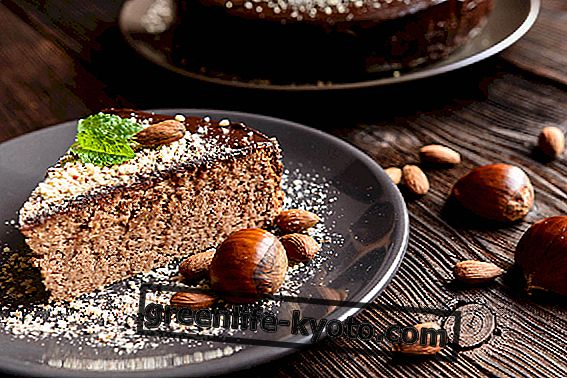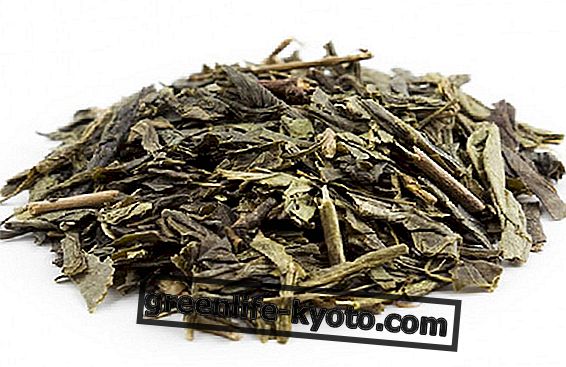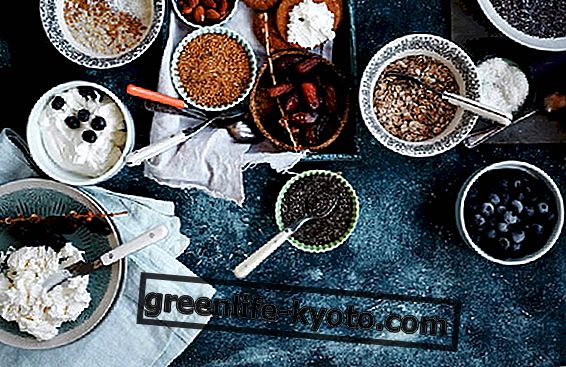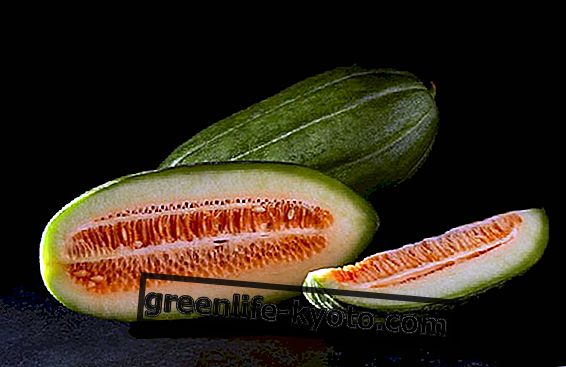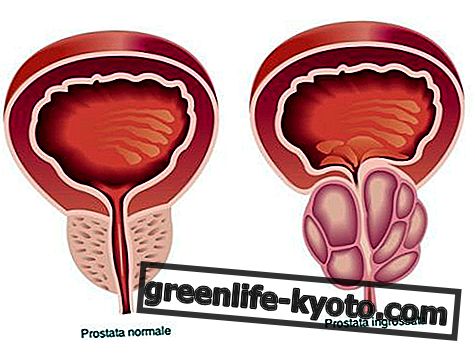
Among the natural remedies used against candida lactic ferments are the most indicated, by virtue of their ability to enhance the natural immune response of our body.
In all the natural therapies, in fact, the cure of the infections cannot prescind from the strengthening of the immune system, through the employment of supplements of lactic ferments .
In this way the antibiotic and antifungal action of other natural remedies (tea tree oil and grapefruit seeds) will be completed by that in our bacteria of the bacterial flora ( eubiotic ), able to hinder the development of many harmful microorganisms, including bacteria harmful and putrefactive, microbes, viruses and fungi.
Candida: an unwelcome guest
Candidiasis, also called candidiasis or moniliasis, is a fungal infection of the genus Candida, of which Candida albicans is the most common. This fungus usually lives in the intestine, without causing damage; however, if the immune system weakens, the mucous membranes can proliferate and become inflamed.
Candida vaginitis is a very common phenomenon in women; it usually presents with whitish vaginal discharge and inflammation of the mucosa. If it occurs even in the oral cavity, then one speaks of oropharyngeal candidiasis, an infection that causes white-pearly lesions on the gums, on the tongue and on the oral mucosa and the presence of canker sores.
The intake of debilitating antibiotics and stress cause a lowering of the immune system ; irritating laxatives for the intestine and an incorrect diet rich in sugars and yeasts are all factors capable of awakening the candida, a latent "guest", who rests in each of us.
In individuals with a compromised immune system, candida infection can involve the esophagus and become systemic . In severe cases, the candida multiplies abnormally and, through the intestine, can reach the blood where it releases its toxins causing candidemia .
Can you recognize the symptoms of candida?
How do lactic acid bacteria affect candida?
Taking lactic ferments for candida, in the form of natural supplements, is the first step in treating this infection. In fact, these microorganisms represent the first aid to support our bacterial flora.
The bacteria of our flora, in fact, represent 70% of our immune defenses and have the function of producing immunoglobulins and hinder the development of many harmful microorganisms, such as candida and other fungi, thus preventing their infection.
Among the live lactic ferments we distinguish the category of probiotics, all of human origin and resistant to the digestive action of the stomach, so they are able to get "alive" to the intestine, where they can reproduce and enrich our bacterial flora of which turn out to be the main bacteric strains . Some probiotics are also detectable in large numbers in the intestinal flora of children ( Lactobacillus bifidus ) others in the vagina ( Lactobacillus acidophilus ).
Therefore by integrating our good bacteria, their presence favors many vital processes, indispensable for the physiological development of our body, guaranteeing their general well-being, a situation that justifies the primary role that is attributed to lactic ferments in the prevention of allergies, infections at respiratory and urinary tract, inflammatory bowel syndromes and food intolerances, because as we have said if the bacterial flora is healthy, the germs are neither able to multiply nor spread.




